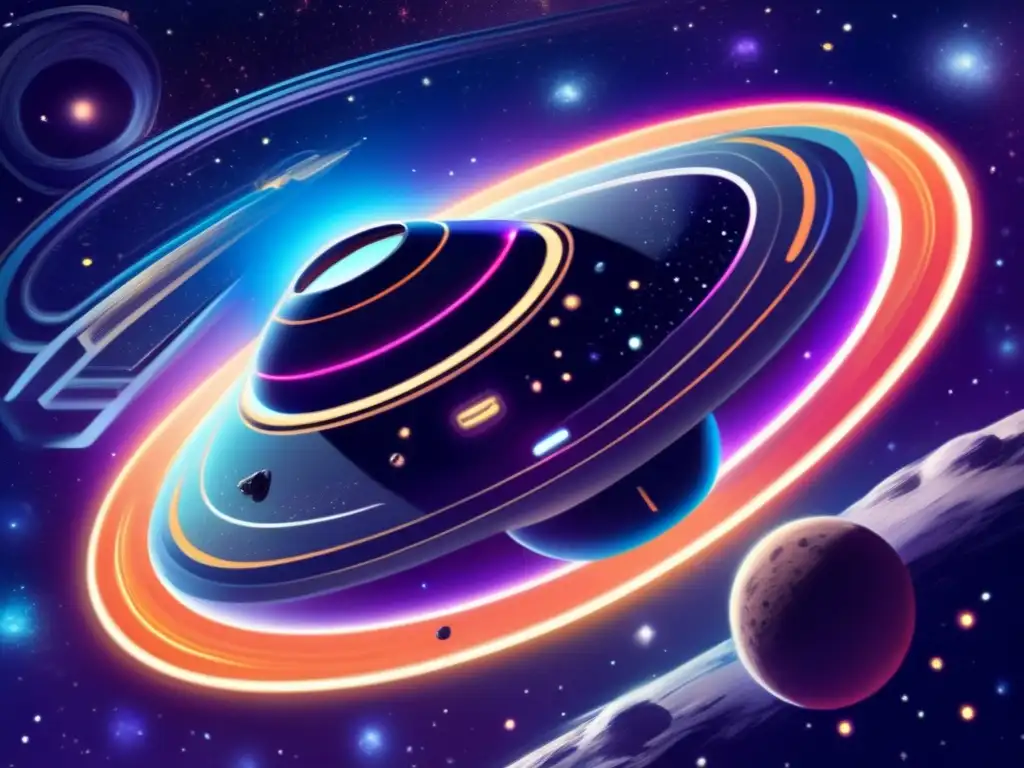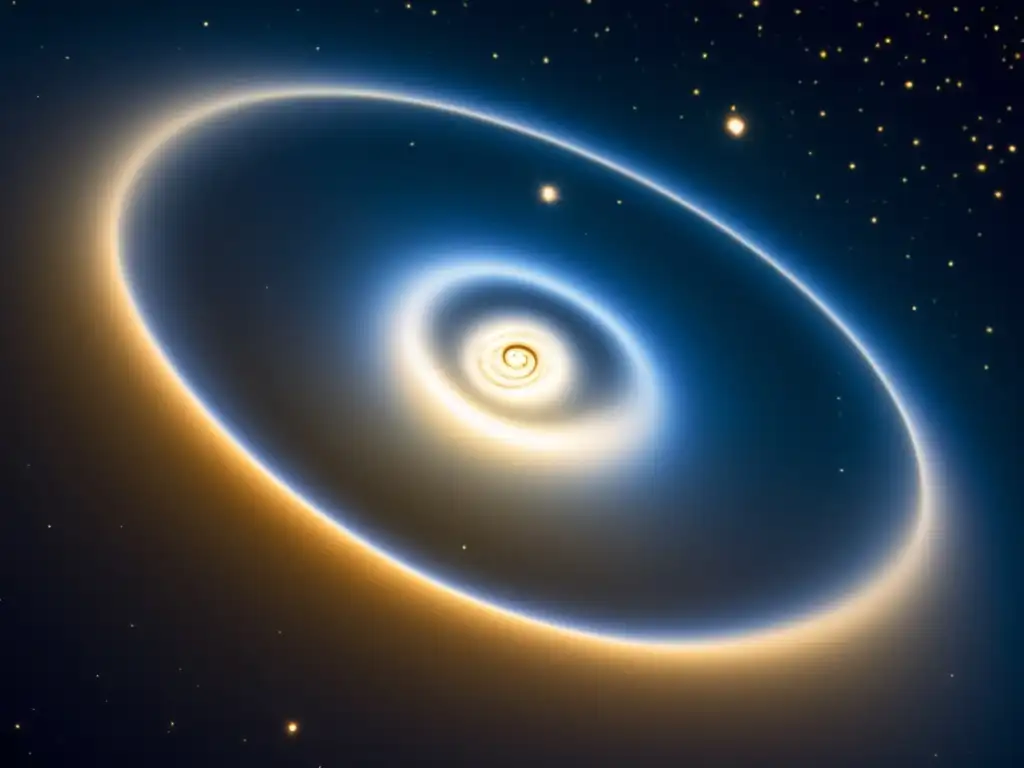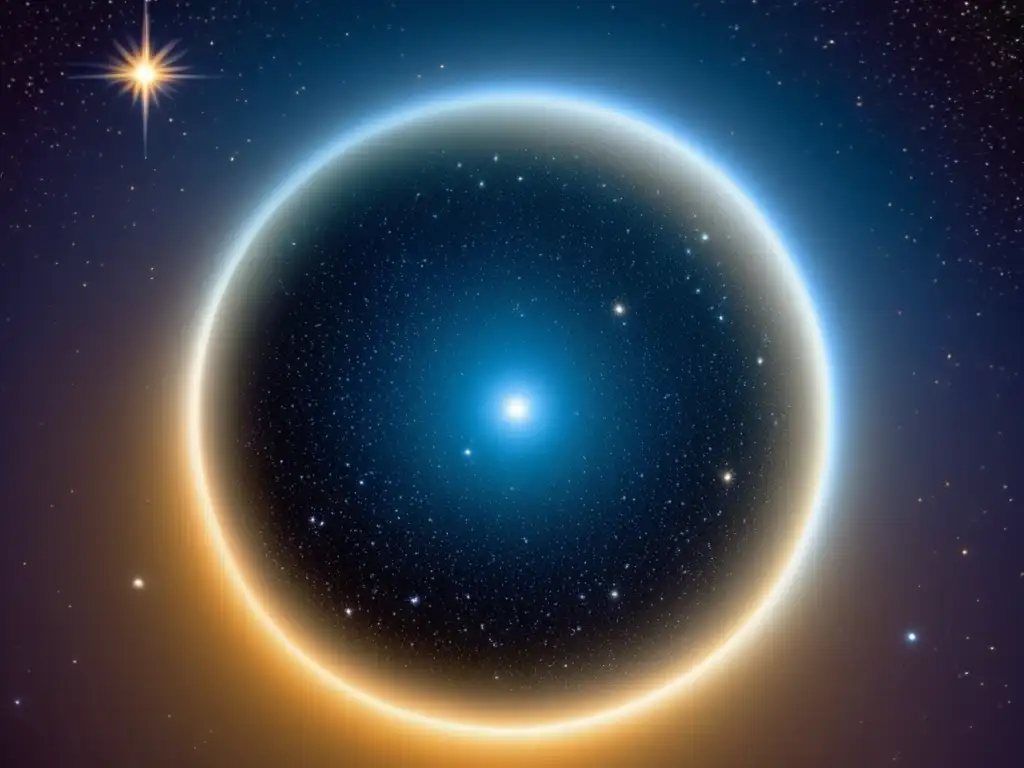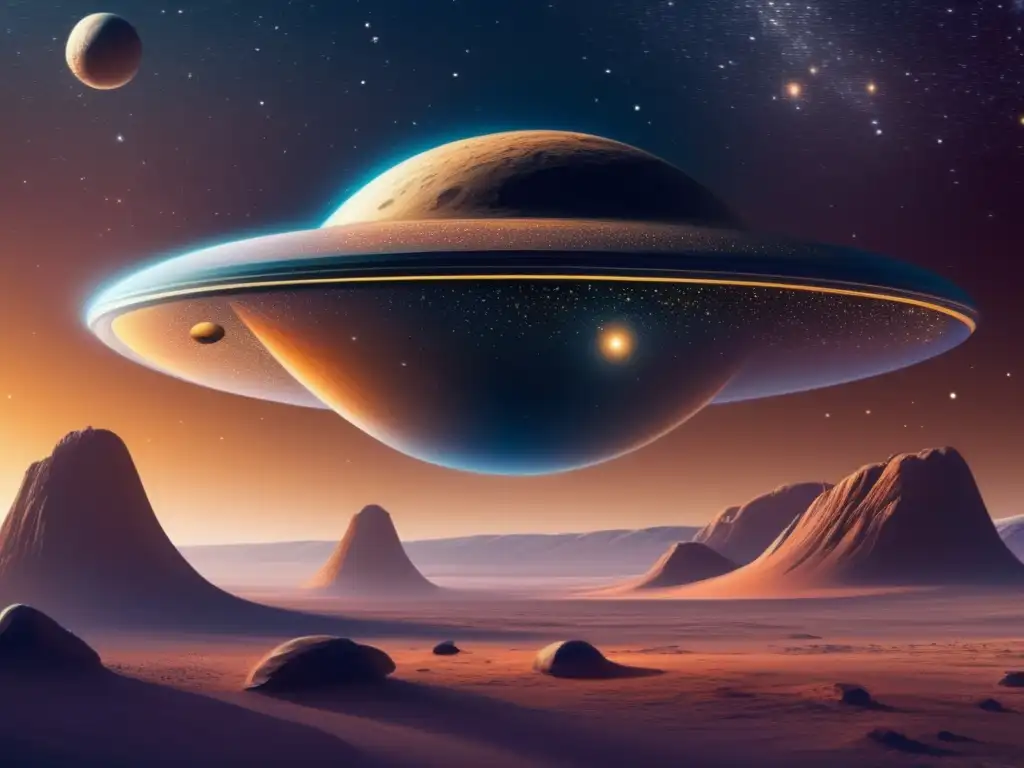The Lost Centaur: The Discovery And Mystery Of 1995 SN55

Introduction
Asteroids have fascinated scientists and space enthusiasts for years. These celestial objects, remnants from the formation of our solar system, hold important clues to the history and evolution of our cosmic neighborhood. One such asteroid, known as 1995 SN55, has intrigued researchers since its discovery in 1995 due to its mysterious and elusive nature. In this article, we will explore the discovery and ongoing investigation of this "Lost Centaur" and shed light on some of the mysteries surrounding it.
Discovery of 1995 SN55

Background
1995 SN55 is classified as a Centaur, a population of small icy bodies in the outer solar system that orbit between Jupiter and Neptune. It was discovered on September 17, 1995, by astronomers M. Tichy and Z. Moravec at the Kleť Observatory in the Czech Republic. The asteroid's initial designation was 1995 SN55, and its official name is currently awaiting approval from the International Astronomical Union.
Physical Characteristics
1995 SN55 is estimated to be about 50 kilometers in diameter, making it one of the largest known Centaurs. Its surface is believed to be covered in water ice, which is typical of Centaurs, and it has a reddish color indicating the presence of complex organic molecules. The asteroid's rotation period is approximately 9.4 hours.
Orbit
1995 SN55 has a highly eccentric orbit that takes it from just inside the orbit of Uranus to well beyond the orbit of Neptune. Its perihelion, or closest approach to the Sun, is about 14 astronomical units (AU) from the Sun, while its aphelion, or farthest distance from the Sun, is around 50 AU. This puts it in the same region of space as the giant planets Uranus and Neptune. Despite its large size, the asteroid has only been observed a few times since its discovery due to its distant and unpredictable orbit.
Mystery of 1995 SN55

Disappearance
After its initial discovery, 1995 SN55 was not observed for several years, leading scientists to question whether it had disappeared or been destroyed. In 2001, the asteroid was observed again, but then disappeared once more. It was finally rediscovered in 2019 by the Pan-STARRS telescope located on Haleakalā, Hawaii, during a survey of the outer solar system. However, even with this new observation, its orbit remains uncertain, and it is unclear when it will be visible again.
Origin
The origin of Centaurs like 1995 SN55 is still a matter of debate among scientists. Some researchers believe that they are icy bodies that formed in the outer solar system and were later scattered inward by the gravitational influence of the giant planets. Others suggest that they originated in the Kuiper Belt, a region of icy bodies located beyond Neptune, and were then ejected into the inner solar system by the gravitational pull of Neptune. Understanding the origin of Centaurs could help shed light on the formation and evolution of the solar system as a whole.
Potential Impact
Because of its unpredictable orbit, there is a small chance that 1995 SN55 could collide with Earth in the distant future. However, given its current estimated trajectory, this is considered unlikely.
Current Research and Future Observations

Observations
Despite its sporadic appearances, astronomers continue to monitor 1995 SN55 whenever possible. In 2021, the asteroid will be observable from Earth using large telescopes, which could provide important insights into its orbit and physical characteristics.
Future Missions
There are currently no missions planned specifically to study Centaurs such as 1995 SN55. However, there are several proposed missions to explore objects in the outer solar system, such as the New Horizons mission to Pluto and the Kuiper Belt. These missions could indirectly provide valuable information about Centaurs and their origins.
Frequently Asked Questions

-
What is a Centaur?
A Centaur is a small icy body in the outer solar system that orbits between Jupiter and Neptune.
-
Why is 1995 SN55 called the "Lost Centaur"?
1995 SN55 is called the "Lost Centaur" because of its elusive and unpredictable nature.
-
Could 1995 SN55 collide with Earth?
While there is a small chance of a collision in the distant future, it is currently considered unlikely given the asteroid's estimated trajectory.
-
What is the origin of Centaurs like 1995 SN55?
The origin of Centaurs is still a matter of debate among scientists, with some believing they formed in the outer solar system and others suggesting they originated in the Kuiper Belt.
-
Are there any missions planned to study Centaurs?
No, there are currently no missions specifically planned to study Centaurs.
Conclusion
1995 SN55 remains one of the most mysterious and elusive Centaurs in the outer solar system. While its physical characteristics and orbit have been studied by astronomers around the world, many questions about its origin and behavior remain unanswered. Despite this, ongoing observations and future missions to the outer solar system could provide valuable insights into the nature of Centaurs and their role in the formation and evolution of the solar system.
Thank you for reading this article on Asteroid Realm. We encourage you to share your thoughts and comments below and to visit our website for more articles and resources on asteroids and other celestial objects.
Additional Resources

For more information on Centaurs and other small icy bodies in the outer solar system, please visit the following resources:
 Mysteries And Discoveries Of The Kuiper Belt
Mysteries And Discoveries Of The Kuiper Belt The Chronicle Of 2015 BZ509: The First Interstellar Immigrant
The Chronicle Of 2015 BZ509: The First Interstellar Immigrant The Story Of 2020 SO: From Asteroid To Rocket Booster
The Story Of 2020 SO: From Asteroid To Rocket BoosterIf you want to discover more articles similar to The Lost Centaur: The Discovery And Mystery Of 1995 SN55, you can visit the Asteroid Discoveries category.
Leave a Reply

Articulos relacionados: